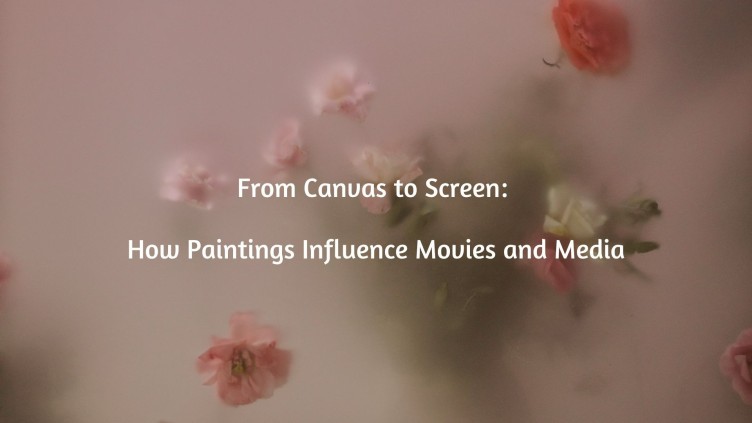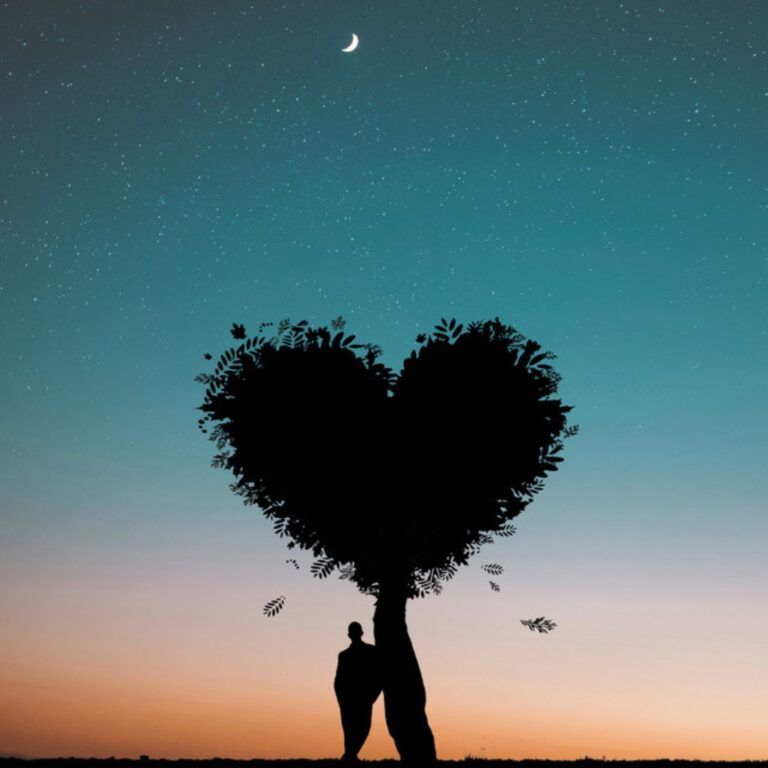Welcome to Riya’s Blogs, where we delve into the fascinating relationship between art and cinema. Today, we explore the intricate web of influence where timeless paintings seamlessly meld into the realm of movies and media, shaping narratives, aesthetics, and even cultural perspectives.
The Artistic Tapestry Unraveled
Art has always been a mirror reflecting society’s aspirations, struggles, and triumphs. Paintings, in particular, encapsulate moments frozen in time, each brushstroke telling a story. When these visual narratives transcend the canvas, they find new life on the silver screen, enriching storytelling with their depth and symbolism.
Evolution of Artistic Influence
Since the inception of cinema, filmmakers have drawn inspiration from the masters of painting. The chiaroscuro techniques of Caravaggio, for instance, found resonance in film noir classics, where shadows danced to reveal the darker corners of human nature. The surreal landscapes of Salvador Dalí inspired filmmakers like Alfred Hitchcock to blur the lines between reality and dreamscape, leaving audiences mesmerized and introspective.
Painting Techniques in Cinematic Magic
Consider the meticulous framing of scenes in films like “Barry Lyndon,” where Stanley Kubrick meticulously recreated the lighting and composition of 18th-century paintings by artists like Thomas Gainsborough. Each frame a tableau vivant, breathing life into the past through the lens of cinematic storytelling.
Symbolism and Allegory on Screen
Paintings often embed layers of symbolism and allegory, inviting viewers to unravel hidden meanings. This tradition continues in modern cinema, where directors use visual cues inspired by art to convey complex themes and emotions. Think of the haunting beauty in “The Shining,” where Kubrick employed the symmetry and visual motifs reminiscent of Edward Hopper’s paintings to heighten the sense of isolation and unease.
Cultural Reverberations
Art is not confined by borders; it transcends time and geography. Films like “Frida” and “Loving Vincent” pay homage to renowned artists, bringing their stories to a global audience and fostering a renewed appreciation for their contributions to culture and creativity. By merging art and cinema, these films forge connections across generations, bridging the gap between past and present.
Influential Artists in Cinema
From the enigmatic allure of Leonardo da Vinci’s Mona Lisa to the vibrant chaos of Vincent van Gogh’s Starry Night, artists have left an indelible mark on cinematic landscapes. Their works serve as a visual vocabulary, enriching narratives and imbuing characters with depth and authenticity. Directors and cinematographers, in turn, pay homage to these masters, using their visual language to craft compelling stories that resonate with audiences worldwide.
Future Horizons: Art in the Digital Age
As technology evolves, so too does the intersection of art and media. Digital platforms and virtual reality are redefining how audiences engage with visual storytelling. The immersive experiences pioneered by artists and filmmakers pave the way for new forms of expression, where boundaries between painting and cinema blur even further.
Conclusion: Where Art Meets Cinema
From the birth of cinematography to the digital age, paintings have been guiding lights, illuminating the path for filmmakers to explore new realms of imagination and inspiration. As we continue to unravel the tapestry of artistic influence, let us remember that every masterpiece begins with a stroke of creativity—a canvas waiting to be discovered on the silver screen.
In this synergy of art and cinema lies a universe of possibilities. Join us at Riya’s Blogs as we embark on a journey where the past meets the future, and each frame tells a story inspired by the timeless allure of paintings.
Explore more on this captivating topic at Riya Bhorkar’s blog. Dive deep into the world where canvas meets screen and discover the magic of visual storytelling.







